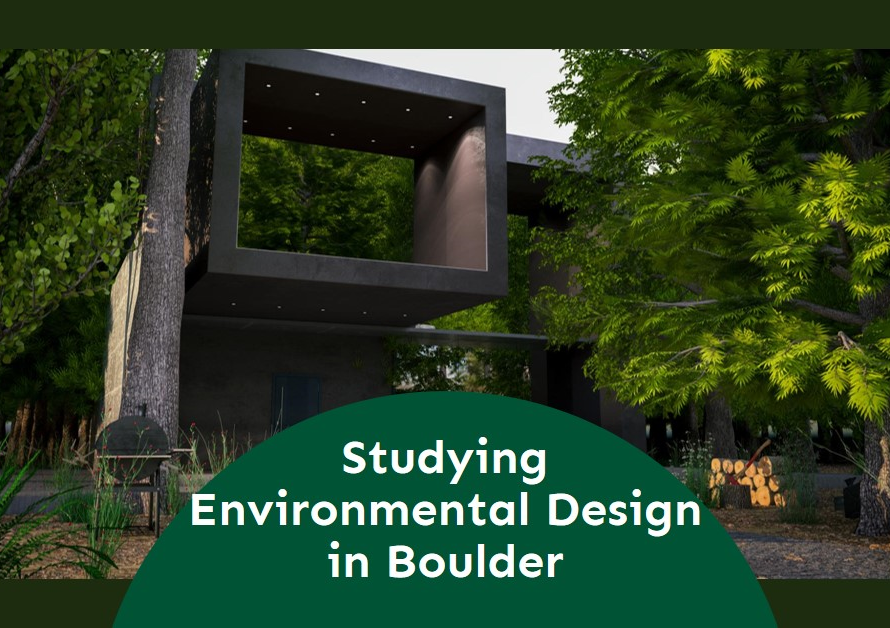
Table of Contents
Introduction:
In the grand symphony of human creativity, architecture and music stand as two distinct yet harmonious melodies, intertwining to shape the cultural landscape of civilizations throughout history. From the echoing halls of ancient temples to the sleek contours of modern concert halls, the evolution of music has been intimately entwined with the development of architectural forms. This symbiotic relationship between architecture and music transcends mere aesthetics, delving into the realms of acoustics, cultural expression, and human experience.
The Foundations of Sound: Architectural Acoustics
The foundation of this intricate relationship lies in the realm of architectural acoustics. The way sound interacts with physical spaces has a profound impact on how music is experienced. Ancient civilizations intuitively understood the importance of architectural design in enhancing sound quality, evident in the construction of amphitheaters and cathedrals with vaulted ceilings that amplified and reverberated sound. As architectural techniques evolved, so too did our understanding of acoustics, leading to innovations such as the development of concert halls with scientifically engineered acoustics to optimize sound propagation and fidelity.
The Concert Hall as a Musical Instrument
One of the most profound manifestations of the synergy between architecture and music is the concert hall itself, often regarded as a musical instrument in its own right. Architects and acousticians meticulously craft these spaces, considering factors such as room shape, materials, and audience seating arrangements to create optimal sonic environments. Iconic venues like the Sydney Opera House or the Walt Disney Concert Hall in Los Angeles not only serve as architectural marvels but also as vessels for the creation and dissemination of music, shaping the performances that unfold within their walls.
Cultural Narratives in Architectural Design
Beyond mere functionality, architecture serves as a canvas for cultural expression, reflecting the values, beliefs, and aspirations of society. Similarly, music serves as a potent medium for cultural storytelling, preserving narratives and traditions for future generations. When these two artistic forms converge, they create immersive environments that resonate with historical and social significance. For instance, Gothic cathedrals with their towering spires and intricate stone carvings evoke a sense of divine grandeur, echoing the sacred hymns that once reverberated within their walls.


Urban Landscapes and Musical Identity
In the bustling urban landscapes of modernity, architecture and music intersect in dynamic ways, shaping the cultural identity of cities and communities. From the neon-lit streets of Tokyo’s Shibuya district to the bohemian alleys of New Orleans’ French Quarter, architectural landmarks and music venues become indelible markers of cultural identity. These spaces not only host performances but also foster creative exchange, incubating new musical genres and movements that reflect the spirit of their surroundings.
The Rise of Digital Architecture and Virtual Soundscapes
In an increasingly digitized world, the boundaries between physical and virtual spaces are becoming blurred, opening new frontiers for architectural and musical exploration. Virtual reality technologies allow architects to design immersive environments where sound and space converge in unprecedented ways, transcending the limitations of traditional architecture. Likewise, musicians harness digital platforms to create interactive soundscapes that respond to the user’s movements and gestures, offering a glimpse into the future of spatialized music experiences.
Sustainability and the Future of Architectural Innovation
As society grapples with the challenges of climate change and environmental sustainability, architecture is undergoing a paradigm shift towards more eco-conscious design principles. Similarly, the music industry is embracing sustainable practices, from eco-friendly music festivals to carbon-neutral recording studios. This convergence of architecture and music in the pursuit of sustainability reflects a broader ethos of responsible stewardship, where creativity and innovation are harnessed to shape a more harmonious relationship between humanity and the planet.
Conclusion:
In the symphony of human civilization, architecture and music stand as twin pillars of creative expression, each influencing and enriching the other in a continuous dialogue of form and function. From the echoing chambers of ancient temples to the digital realms of virtual reality, the evolution of music has been intricately intertwined with the development of architectural forms. As we look to the future, the symbiotic relationship between architecture and music will continue to evolve, creating new possibilities for immersive experiences that resonate with the human spirit. Through harmonizing spaces, we embark on a journey of discovery, where the boundaries between sound and space dissolve, and the beauty of human creativity knows no bounds.



